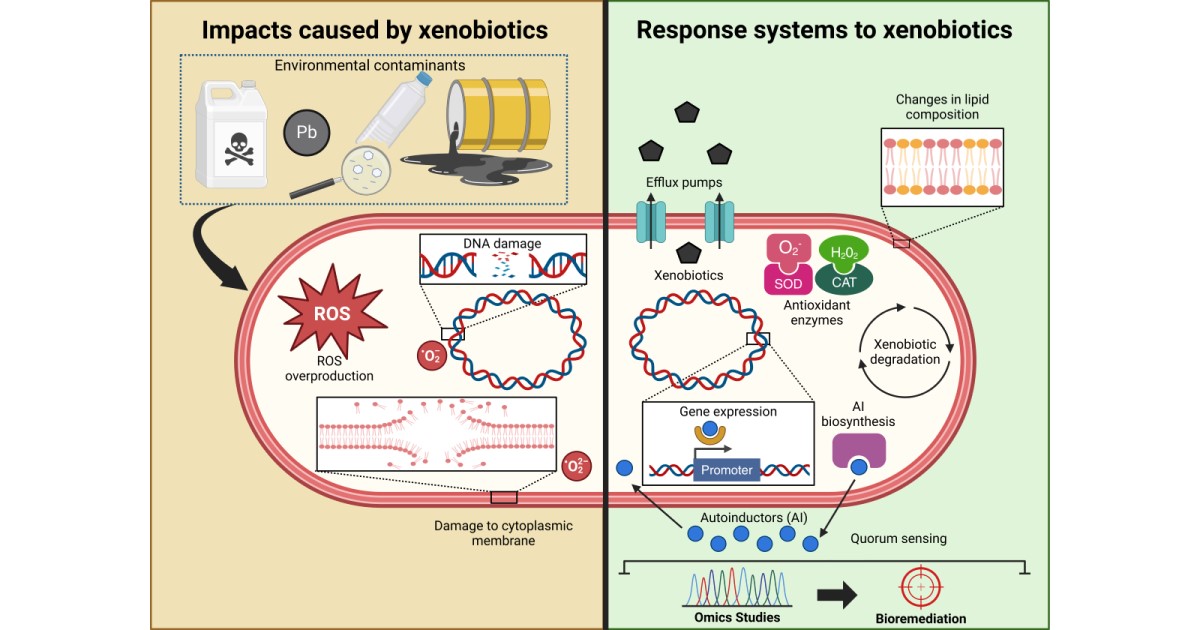Soil and Water Microbiomes: Advances and Present Challenges in Soil Bioremediation
A special issue of Agronomy (ISSN 2073-4395). This special issue belongs to the section "Farming Sustainability".
Deadline for manuscript submissions: closed (1 May 2025) | Viewed by 3672
Special Issue Editors
Interests: bacterial response mechanisms to environmental stress
Special Issue Information
Dear Colleagues,
Agronomy aims to increase productivity by using pesticides, but this leads to the pollution of agricultural soils, river systems, and groundwater. This pollution disrupts the structure and function of microorganisms. Pesticides can impact soil and water microbiomes, potentially causing changes in microbial processes associated with pesticide tolerance and degradation. These characteristics can be utilized in bioremediation by individual strains or consortia of microorganisms. This Special Issue aims to explore innovative approaches to improving the safety and efficiency of bioremediation processes for pesticides in agricultural soils. We are interested in articles examining the response of microorganisms to pesticides and their potential application in bioremediation processes. This includes papers studying bacterial consortia, selected strains, and genetically modified strains. We will give priority to articles that investigate genetic and metabolic mechanisms, especially those utilizing omics approaches to do so.
Prof. Dr. Marcos Pileggi
Dr. Luiz Ricardo Olchanheski
Guest Editors
Manuscript Submission Information
Manuscripts should be submitted online at www.mdpi.com by registering and logging in to this website. Once you are registered, click here to go to the submission form. Manuscripts can be submitted until the deadline. All submissions that pass pre-check are peer-reviewed. Accepted papers will be published continuously in the journal (as soon as accepted) and will be listed together on the special issue website. Research articles, review articles as well as short communications are invited. For planned papers, a title and short abstract (about 250 words) can be sent to the Editorial Office for assessment.
Submitted manuscripts should not have been published previously, nor be under consideration for publication elsewhere (except conference proceedings papers). All manuscripts are thoroughly refereed through a single-blind peer-review process. A guide for authors and other relevant information for submission of manuscripts is available on the Instructions for Authors page. Agronomy is an international peer-reviewed open access monthly journal published by MDPI.
Please visit the Instructions for Authors page before submitting a manuscript. The Article Processing Charge (APC) for publication in this open access journal is 2600 CHF (Swiss Francs). Submitted papers should be well formatted and use good English. Authors may use MDPI's English editing service prior to publication or during author revisions.
Keywords
- environmental microbiology
- analytical chemistry
- DNA analyses
- metabolic pathways
- cell communication
- xenobiotics biodegradation
- microorganism genomes
- quorum sensing
- quorum quenching
- metabolomics
Benefits of Publishing in a Special Issue
- Ease of navigation: Grouping papers by topic helps scholars navigate broad scope journals more efficiently.
- Greater discoverability: Special Issues support the reach and impact of scientific research. Articles in Special Issues are more discoverable and cited more frequently.
- Expansion of research network: Special Issues facilitate connections among authors, fostering scientific collaborations.
- External promotion: Articles in Special Issues are often promoted through the journal's social media, increasing their visibility.
- Reprint: MDPI Books provides the opportunity to republish successful Special Issues in book format, both online and in print.
Further information on MDPI's Special Issue policies can be found here.







